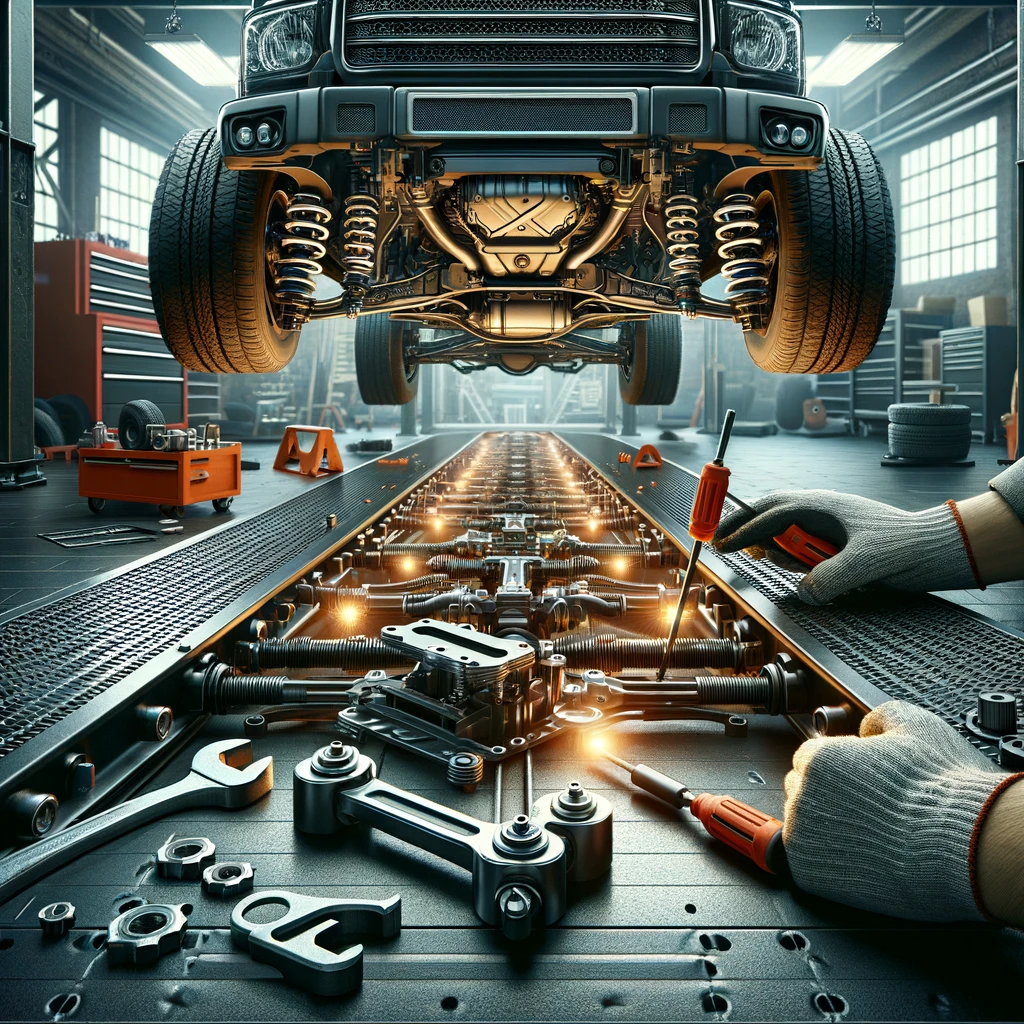To enhance both aesthetics and performance, precise changes are necessary, particularly in aligning I-Beams, crucial components in many trucks' suspension systems. Enthusiasts seeking the ideal stance must grasp the intricacies of lowering I-Beams alignment without compromising functionality.
Lowering I-Beams in trucks entails adjusting the front suspension to decrease height, enhancing appearance and potentially boosting aerodynamics and handling. However, correctly aligning I-Beams is paramount to uphold safety and tire lifespan. Proper alignment fosters balanced steering, minimizes tire wear, and preserves optimal vehicle control, emphasizing its significance in the lowering procedure.
The Importance of Correct I-Beam Alignment
Properly aligning I-Beams stands as a cornerstone in the lowering process, safeguarding optimal handling and tire durability. Misalignment, conversely, invites irregular tire wear, compromised handling, and potentially perilous driving conditions. Hence, grasping the alignment process and its significance proves essential for those contemplating this modification.
Achieving accurate alignment entails tweaking the I-Beams' angles to suit the vehicle's lowered stance, preserving the suspension system's geometry for smooth and safe driving dynamics.
Steps in Lowering I-Beams Alignment
Lowering and aligning the I-Beams encompass several pivotal steps. Initially, the vehicle's current alignment undergoes assessment to pinpoint necessary adjustments. Subsequently, the I-Beams undergo physical lowering, either by adjusting existing parts or installing aftermarket components tailored for this purpose.
Following these adjustments, meticulous alignment becomes imperative to uphold proper vehicle handling and tire well-being.
The alignment process typically involves fine-tuning the camber, caster, and toe settings to accommodate the vehicle's altered height. This ensures optimal tire contact with the road surface, averting premature wear and maintaining performance and safety post-modification.
Ensuring Long-Term Reliability

Maintaining the reliability of your vehicle post-lowering involves regular check-ups and alignment adjustments. Over time, driving on uneven surfaces can alter the alignment settings, necessitating periodic adjustments to ensure the vehicle continues to perform optimally. Additionally, staying informed about the wear and tear on suspension components can help preemptively address issues before they escalate.
Regular maintenance checks are essential to spot any irregularities early and adjust the alignment as needed. This proactive approach helps in preserving the vehicle’s handling characteristics and ensures that the benefits of lowering the I-Beams, such as improved aesthetics and performance, do not compromise the vehicle's long-term reliability.
Want to learn more about lowering systems? Check out our latest article: Lowering Bumpstops Installation and Benefits
Wrapping Up Lowering I-Beams Alignment
Lowering I-Beams alignment is a nuanced process that enhances a vehicle’s stance, performance, and aesthetics. It requires a meticulous approach to ensure the vehicle remains safe, reliable, and enjoyable to drive.
By understanding the importance of correct alignment, following the essential steps, and committing to ongoing maintenance, enthusiasts can achieve their customization goals while ensuring their vehicle operates at its best.
Check out our selection at Airbagit.com and get the best products on the market!
Join our social media communities on Facebook and Instagram for the best tips and deals in the industry!
